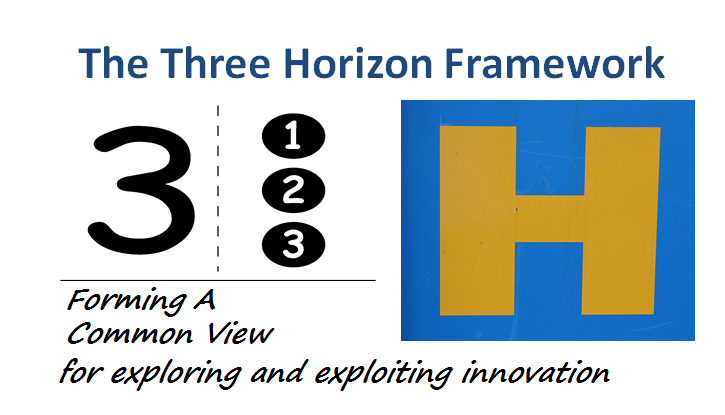Often we forget to frame what we want to really achieve in our innovation activity, instead, we simply dive in and start innovating. I believe until we know what solutions we feel we need or what the market wants, we will more often than not, end up disappointed in our innovative solutions. Simply generating ideas, for ideas’ sake, just does not cut it at all.
In recent years our innovation understanding and its management have significantly changed, due to numerous factors that have been happening. These have been advances in technology, methodology or design- thinking and we do need to stop and think about how we could do ‘things’ differently by asking “what is possible?” This should be asked not just on each occasion of an innovative concept design but within the total innovation system, we are presently operating under.
Perhaps by asking three critical questions on “what is possible?” we might produce better innovative answers (and solutions) than simply not bothering to, at least, scope out the real possibilities, where we can miss so much.
The aim of asking is to reduce the constraints, free up resources, leverage the techniques available, and equally, push the boundaries of your thinking to want to generate “great” innovation, not just the mediocre, incremental stuff, so often produced and labelled “innovative” that we end up doing.
Continue reading “Innovating: So What Is Possible?”





